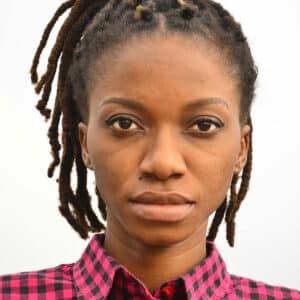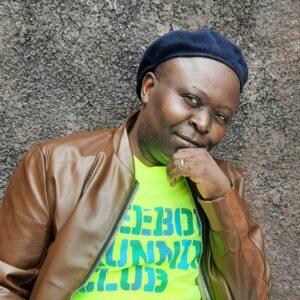Where is Kinshasa? The European perception of this megacity with more than 12 million inhabitants is largely determined by the media’s portrayal of Africa as an “underdeveloped” trouble spot. This video is evidence of the fact that the capital of the Democratic Republic of Congo has more to offer.
The comic scene in Kinshasa is very diverse, as Santa Kakese and Thembo Kash demonstrate in this video. As there is no official training or study to become a caricaturist, comic or press illustrator, most comic artists are self-taught, and they each develop the medium in their own way. This results in unusual biographies, interesting collaborations and independent organisations and structures, which are very important for the comic scene and its development. There is a lack of official institutions and established production houses, so artists often organize themselves in their own structures and are simultaneously producers, scenarists, illustrators and editors. At the same time, international collaborations emerge, as between Thembo Kash and various European scenarists and editors.
In this video, Santa Kakese invites us to participate in a public experiment. On a street corner in Lingwala, Kinshasa, she caricatures voluntary passers-by who enthusiastically participate in the experiment. Santa developed this way of working in the public sphere in order to interact directly with the audience and to enable a broad section of the population to participate culturally. The video shows how the artist’s commitment reaches her audience in a very positive way, they are interested and curious, and the completed caricatures often contribute to general amusement.
Thembo Kash gives insight into his curriculum vitae, his roundabout way of becoming a press caricaturist, which structures and organizations have shaped the Congolese art scene from his point of view and his preferred drawing styles – with the free forms of caricature allowing him speed and (freedom) flexibility in drawing. He proceeds to shows us his process by means of a live drawing.


